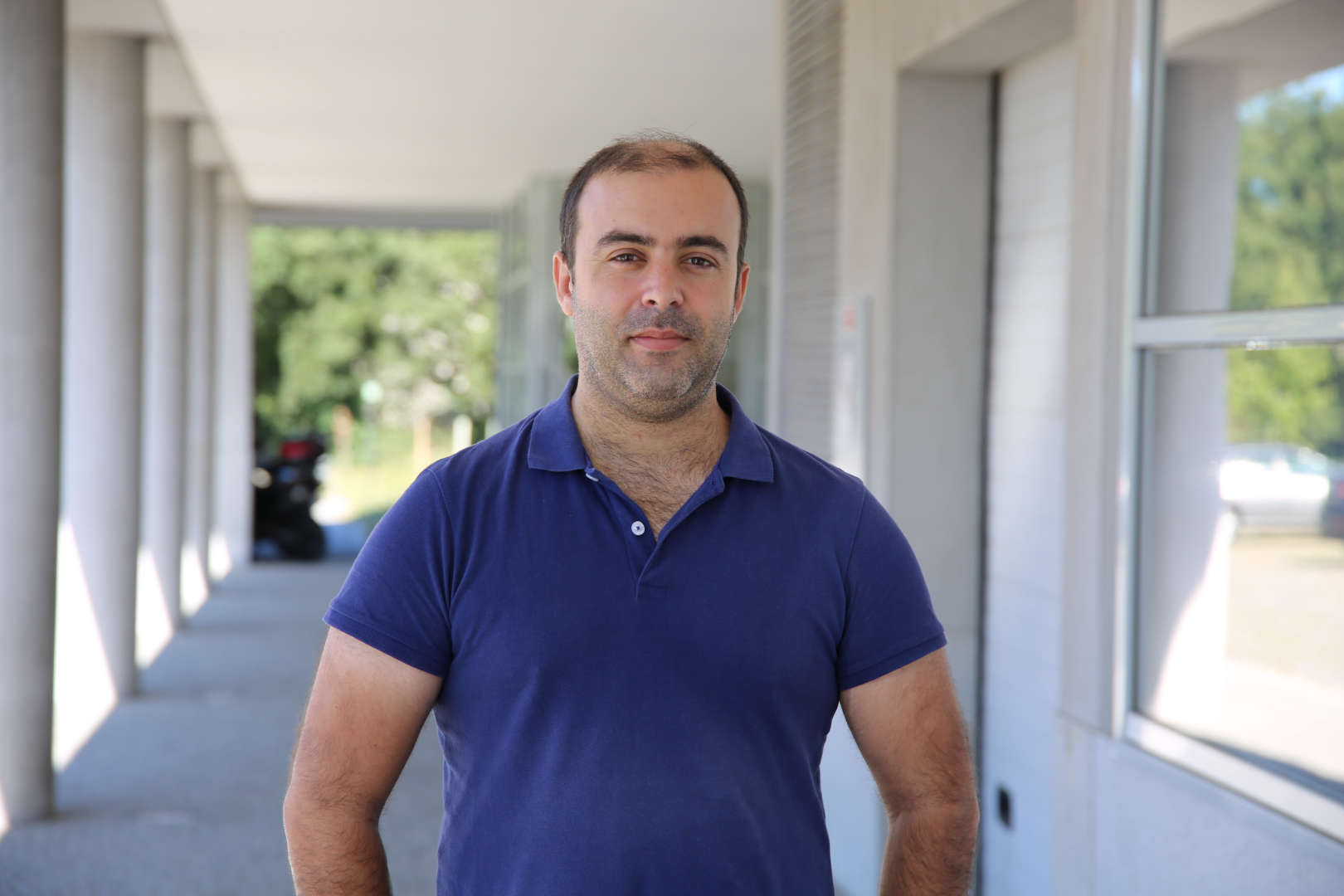Sobre
Ricardo Sousa, é doutorado em Engenharia Eletrotécnica e de Computadores pela Faculdade de Engenharia da Universidade do Porto desde 2011 e atualmente é investigador no Laboratório de Inteligência Artificial e Apoio à Decisão (LIAAD) no INESC TEC. Participou em projetos europeus (e.g., MAESTRA), nacionais (e.g., ADIRA4.0) e projetos científicos com empresas (e.g., NDTech-Amorim) relacionados com Processamento de Sinal, Data Mining e Machine Learning. Atualmente, coordenada equipas num programa mobilizador PRODUTECH (relacionado com a Gestão de Produção e Qualidade) e num projeto P2020/FCT/MIT Portugal (Tecnologia para transformadores de potência). Tem interesse específicos nas áreas de Manutenção e Qualidade Preditiva, Process Mining e Previsão com aplicação na área da Indústria/Produção. Deu aulas na Faculdade de Engenharia da Universidade do Porto, em cadeiras de programação e sistemas de informação. Co-orientou/orientou mais de 17 dissertações de mestrado nas áreas de Processamento de Sinal e Data mining/Machine Learning.


